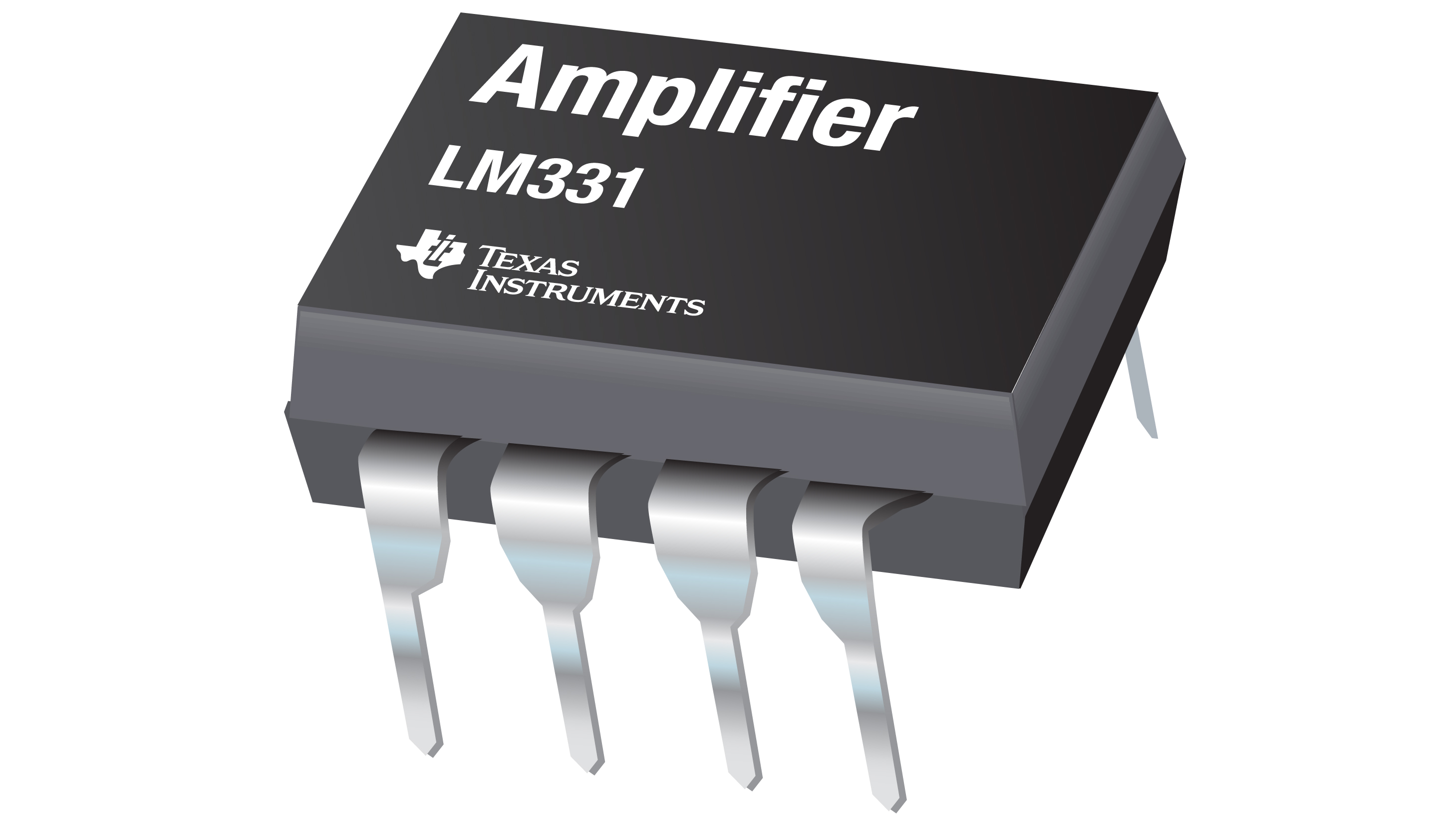This post sponsored by Texas Instruments.
The LM331 voltage-to-frequency converter is ideally suited for use in simple low-cost circuits for analog-to-digital conversion, precision frequency-to-voltage conversion, long-term integration, linear frequency modulation or demodulation, and many other functions.

The output when used as a voltage-to-frequency converter is a pulse train at a frequency precisely proportional to the applied input voltage. Thus, it provides all the inherent advantages of the voltage-to-frequency conversion techniques, and it is easy to apply in all standard voltage-to-frequency converter applications. Further, the LM331A attains a new high level of accuracy versus temperature, which could only be attained with expensive voltage-to-frequency modules. Additionally it is ideally suited for use in digital systems at low power supply voltages and can provide low-cost analog-to-digital conversion in microprocessor-controlled systems.
And, the frequency from a battery powered voltage-to-frequency converter can be easily channeled through a simple photo isolator to provide isolation against high common mode levels. The LM331 utilizes a new temperature-compensated band-gap reference circuit to provide excellent accuracy over the full operating temperature range. The precision timer circuit has low bias currents without degrading the quick response necessary for 100 kHz voltage-to-frequency conversion.
For more information about this product, click here.
For detailed information about the tool mentioned above, click here.
To request a sample, click here.
To download a datasheet, click here.

To buy now at Mouser, click here.
By: Rachel Kalina, Hearst Business Media
Advertisement





